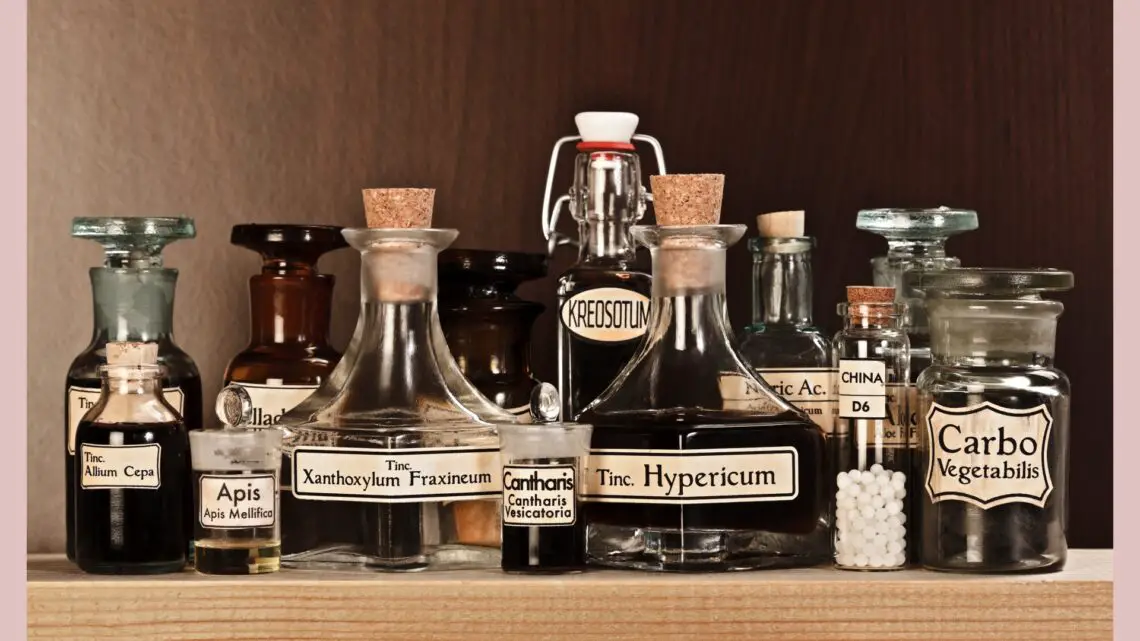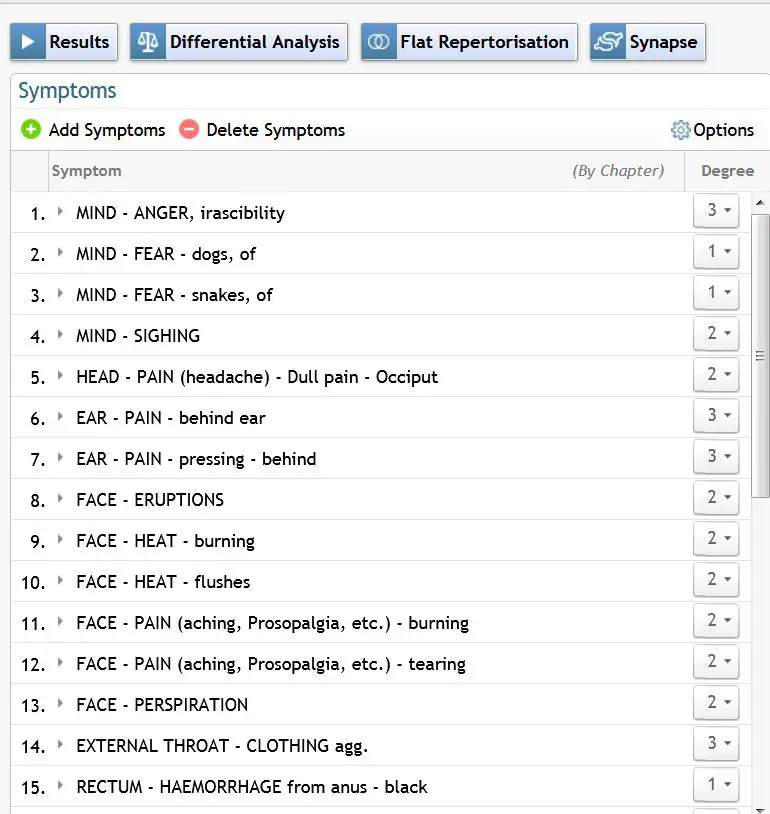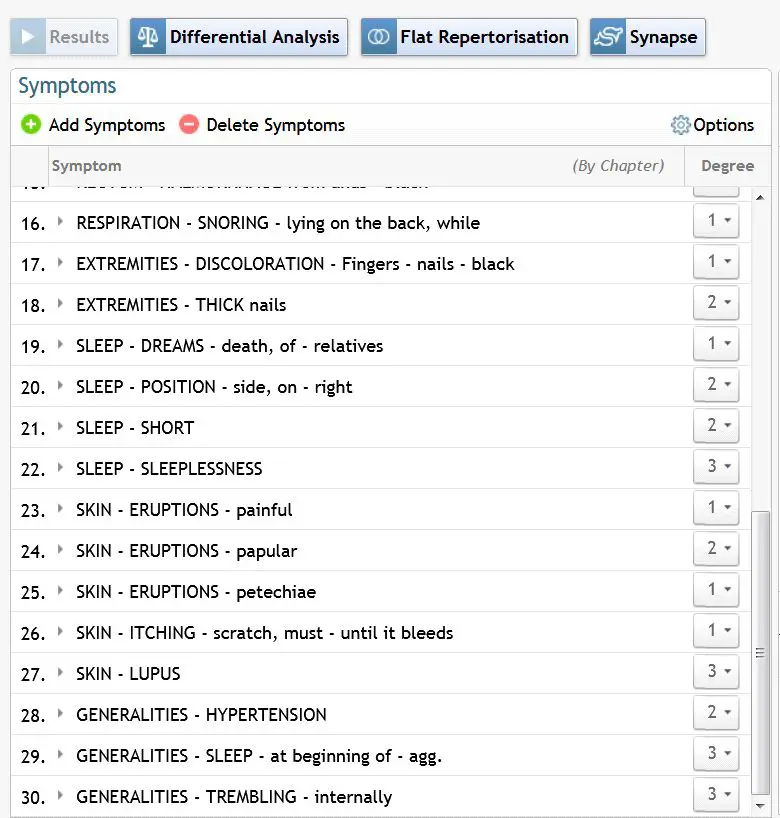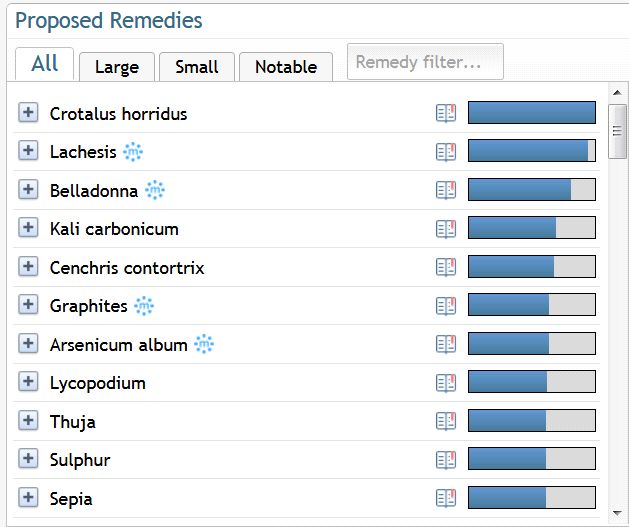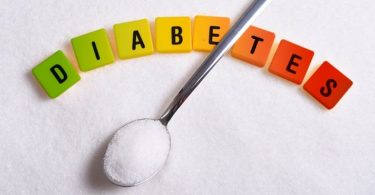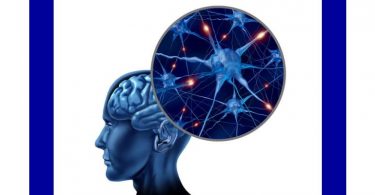INTRODUCTION:
Subacute cutaneous lupus erythematosus (SCLE) is a clinically distinct subset of lupus erythematosus that is most often present in white women aged 15 to 40. Lupus erythematosus may manifest itself as systemic disease or in a purely cutaneous form also known as incomplete lupus erythematosus with non-scarring, non-indurated, photosensitive, non-atrophic dermatosis. These skin lesions can appear as either papulosquamous or annular lesions.
SCLE is highly photosensitive, with the eruptions appearing in sun-exposed areas, including the upper back, shoulders, extensor arms, neck, and upper torso, while the face is often spared. Over 70-90% of patients meet the American College of Rheumatology (ACR)’s definition of abnormal photosensitivity.
Management of the symptoms is through:
- Prevention: Strict adherence to sunscreen usage with Sun Protection Factor- 50 (SPF-50) advised as the exposure to UVA and UVB triggers SCLE.
- Topical treatment: Minimal use of Corticosteroids is suggested due to the risk of side effects such as atrophy, telangiectasia, and steroid-induced dermatitis. Calcineurin inhibitors is an alternative therapeutic option that comes with risk of malignancy.
- Physical treatment: Laser therapy, dermabrasion and cryotherapy
- Systemic management: Anti-malarial therapy, Immunosuppressants, Systemic corticosteroids, Immunomodulators and retinoids.
With the rising need of therapeutic options that go beyond cutaneous clearances and work on systemic improvement rather the management of symptoms, homeopathy offers curative therapy.
We present below a case of chronic SCLE who benefitted from individualised classical homeopathic therapy. The patient was earlier treated with conventional medicine and had only short remission periods before repeated hospitalizations.
CASE REPORT:
The patient, a 64-year-old woman, presented to the homeopathic consultation for skin eruptions and rashes that started 6 years ago. She presented with erythematous and papular rashes with redness and itching on the neck and face.
She previously was on the following conventional medicines – Dermovate cream, Aerius- antihistamines, Hydrocortisone cream for which she had initial betterment of the symptoms.
During her second hospitalization with worsening of the eruptions, she was administered Dexamethasone 4mg/day, Allergosan 20mg/day, Metronidazole 1g/day, Hydrocortisone cream for local application.
Laboratory tests revealed normal hematological and renal tests, and Anti-nuclear-antibodies (ANA) were positive with dilution of 1:160. The histology reports were positive for subacute lupus erythematosus, and the photosensitive test for UVA and UVB were negative.
On the 21st of March 2016, the patient was re-hospitalized due to a relapse with the same laboratory results and negative immunofluorescence microscopy. She was administered Dexamethasone 4mg/day, Allergosan 20mg/day, Metronidazole 1g/day, Hydrocortisone cream and Resochin tablet.
PAST HISTORY:
- 1969 – operated for appendicitis
- 1973 – adenoidal tonsil removed
- 1983 – Nephrolithiasis in the Right kidney- surgically removed
- 2002 – Myoma- surgically removed
- 2004 – operated for Right inguinal hernia
- Hypertension for 10 years, is on antihypertensive medication since then.
- During hypertension, she has dull pain in occiput +++ and pain behind ears+++
HOMEOPATHIC INTERVENTION:
The first homeopathic consultation was on the 29th March 2017, six months after the last hospitalization. The patient had stopped taking all medications and only applied the hydrocortisone cream occasionally.
The following symptoms were considered:
- Face- feeling of fire and burning sensation+++, painful < touch+++, tearing pain. No eruptions.
- Head- perspiration on the face+++ < warm weather.
- Lower limbs- eruptions- dark red papules with severe itching till bleeding < night in bed+
- Sleeplessness for 20 years; Sleeps 3-4 hours at night and wakes up often and by noise.
- Sleep position- right side ++. Snoring when she sleeps on back
- Dreams- of work and dead relatives. +++
- Fears- fear for her son, of dogs, of snake (2).
- Thermals- Hot
- Palpitations < Hot weather.
- Neck- cannot tolerate tight clothing around neck (3).
- Anus- haemorrhoids, bleeding easily with clots.
- Nails- ticked toenails with black spots, corrugated fingernails.
- Menses was copious, lasting 7 days with dark clots.
- Food and drinks- desire vegetarian food, cheese, yellow cheese, chocolate.
- Thirst- normal
- Mind- anger easily, at trifles with trembling inside. This may happen during sleep also. Gets out of balance easily. Experiences every situation inwardly. Her life has been under stress. Her son has a problem with alcohol. He is very aggressive.
- Sighing++. Anxiety about her son++
PRESCRIPTION:
Crotalus horridus 9C twice a day, increasing to 10C, 11C and 12C every 2 weeks.
FOLLOW UP:
| DATE | SYMPTOMS | INTERVENTION |
| 13 May 2017 | – Eruptions on face often flares and becomes dark red
– Swelling in the ankles have resolved. – Eruptions on the legs 50% better |
Rx:
Crotalus horridus 12C, 13C, 14C, twice a day for two weeks |
| 6 June 2017 | – Intensity of redness on face has decreased.
– Only 3-4 red spots remain on the legs, other eruptions have resolved. – Sleeplessness during exhaustion persists. – General sleep quality has increased. – Antinuclear antibodies/ANA/ 1:90 |
nil |
| 6 June 2017 | – There are no complaints.
– Antinuclear antibodies/ANA/ 1:60 |
nil |
| 12 December 2017 | – Sleep- improved significantly. Has undisturbed sleep at night.
– Energy has increased. – Had an episode of coryza that self-resolved. – Talking to herself. |
nil |
DISCUSSION
SCLE being an autoimmune disorder with multisystem inflammatory reactions engendered by a compromised immune system, requires a long-running (more often life-long) treatment modality. As mentioned above, conventional management of the condition is either through topical administration of corticosteroids and or systemic administration of immunosuppressants; this approach further deteriorates the immune system, resulting in rapid progression of the pathology.
The homeopathic system of medicine targets strengthening the immune system and thereby improves the general state of health. The case report presented here illustrates the same.
The patient suffered from SCLE for the past 6 years with no comforting results and even relapsed often, leading to hospitalization. The patient gives a history of adenotonsillectomy, which was the initial trample upon the immune system, later followed by a series of treatments that further interfered with health as mentioned in the past history.
The only homeopathic remedy prescribed was Crotalus hor., based on totality of the symptoms. Since the pathology is of a very complex origin, and considering the fact that the patient continued to use topical applications, it was requisite to administer the remedy in the lowest potency (9C and eventually increasing to 14C) with frequent repetition.
After the remedy, the eruptions gradually reduced with a significant improvement in her psychological state. The patient suffered from trivial matters which reflected upon her sleep patterns. With the remedy’s aid she was able to relinquish the trifles and experience a relaxed sleep.
At the end of a year’s treatment, the patient reported no complaints, and never mentioned a relapse. On close observation, we can perceive that the therapy did not merely deliver cutaneous amelioration but enhanced her immune system to overcome a state of autoimmunity.
This can be clearly evidenced by the normal ANA test results (1:60) after the therapy and thus the shift of health level from a state of autoimmunity to a state of normal immune mechanism. However, to claim full cure homeopathically, we need the return of an acute inflammatory state.
CONCLUSION
This case report demonstrates the beneficial effect in SCLE from individualized classical homeopathic therapy. Further studies are required to establish the benefits of homeopathy in autoimmune disorders.

